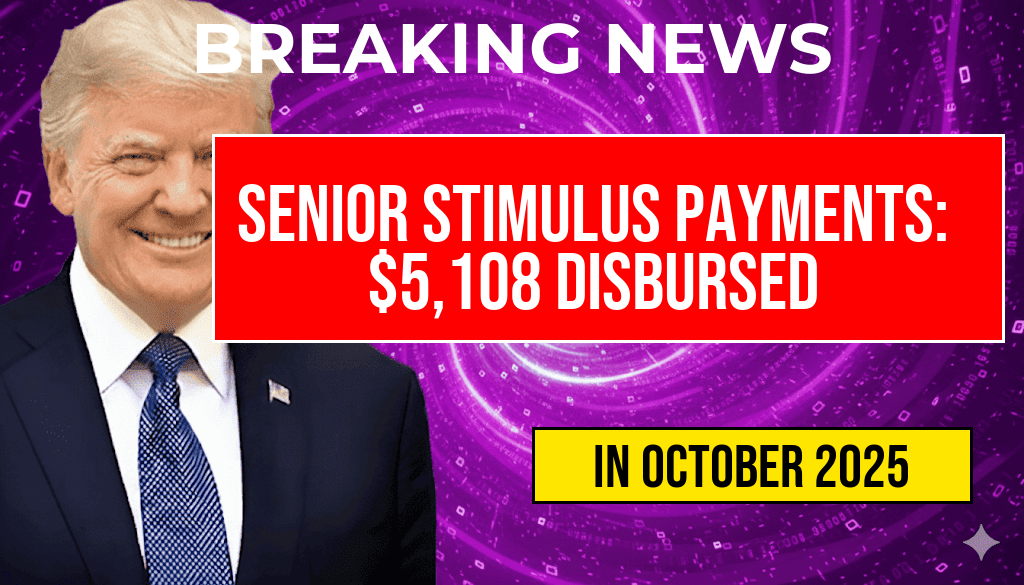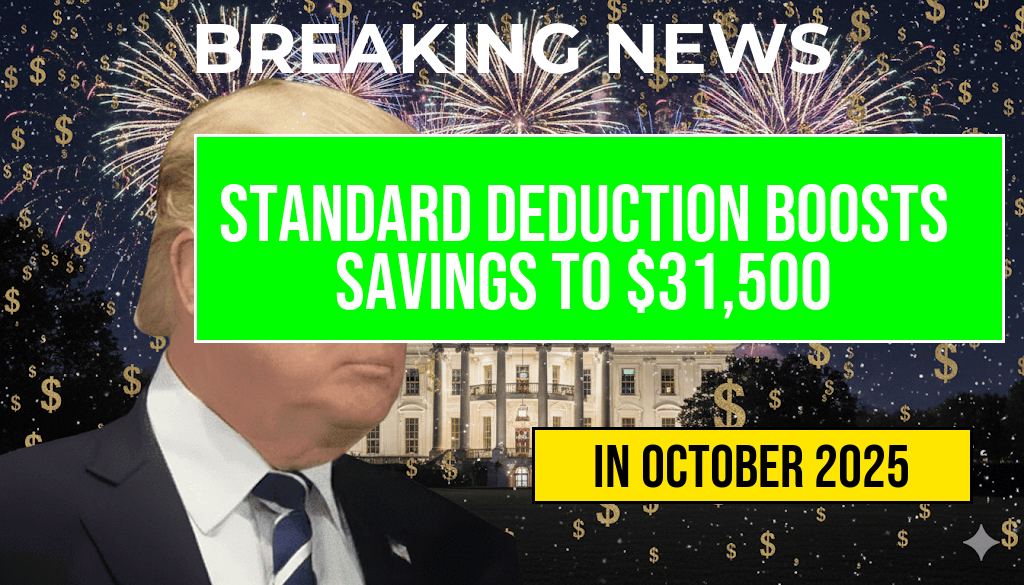For many Americans engaging in side hustles or gig work, understanding tax obligations can be confusing, particularly when it comes to reporting income. A key piece of this puzzle is the Form 1099-K, which businesses and online platforms use to report payments made to independent sellers and service providers. Recent updates from the IRS clarify that transactions totaling under $20,000 and involving fewer than 200 transactions generally do not trigger the issuance of a 1099-K form. This threshold adjustment aims to reduce the reporting burden on small-scale earners while maintaining compliance for higher-volume activities. As a result, many side gig workers and online sellers who earn less than this threshold may not receive tax documents from payment processors, potentially leading to confusion when filing taxes. Understanding these thresholds helps workers plan their reporting obligations and avoid surprises during tax season.
Understanding the 1099-K Threshold and Its Implications
The Form 1099-K is designed to capture income processed through third-party payment networks such as PayPal, Venmo, and platforms like Etsy or eBay. Traditionally, businesses and independent contractors received this form if they received over $20,000 in gross payments and completed more than 200 transactions within a calendar year. However, the American Rescue Plan Act of 2021 introduced a new reporting threshold aimed at simplifying tax reporting for small earners.
Effective from the 2022 tax year, the IRS revised the threshold to $600 in gross payments, regardless of the number of transactions. This change means that payment processors are now required to issue a 1099-K to anyone earning more than $600 annually through their platform. Importantly, earnings below this amount generally do not generate a 1099-K, though that income still remains taxable and must be reported by the taxpayer.
This adjustment primarily benefits casual sellers and those with sporadic side gigs, but it also introduces new dynamics for those trying to track their income accurately. While the lower threshold reduces paperwork for small transactions, it places the onus on individuals to maintain detailed records of their earnings to ensure proper tax compliance.
How Small-Scale Earners Should Approach Tax Reporting
Keeping Accurate Records
- Maintain detailed logs of all income received from side projects, freelance work, or online sales.
- Save receipts, invoices, and bank statements that support income figures.
- Use accounting software or spreadsheets to track monthly earnings and expenses.
Understanding Tax Responsibilities
Even if a 1099-K isn’t issued, all income from side hustles is taxable. The IRS requires individuals to report all earnings, regardless of whether they receive a formal tax document. Failure to report income can lead to penalties and audits, particularly if discrepancies are identified.
Workers should also be aware of potential self-employment taxes, which apply if their earnings surpass certain thresholds. Consulting with a tax professional can help clarify obligations and identify potential deductions related to business expenses.
Platforms and Payment Processors: What to Expect
| Platform | Reporting Threshold | Notes |
|---|---|---|
| PayPal, Venmo (Business Accounts) | Over $600 in gross payments annually | Form 1099-K issued if threshold exceeded |
| Etsy, eBay, Amazon | Varies; typically based on total sales and transaction volume | May issue 1099-K or 1099-MISC depending on activity |
| Other Payment Processors | Varies; check platform policies | Always review platform reporting policies annually |
Payment platforms are required to report earnings once the set thresholds are surpassed, but users should proactively track their income to ensure accurate tax reporting, especially if earnings fluctuate or are earned through multiple sources.
Legal and Tax Policy Perspectives
The IRS’s threshold adjustment reflects a broader effort to streamline tax reporting for small-scale transactions, aligning with the rise of the gig economy. Experts argue that this shift reduces administrative burdens for casual earners while maintaining compliance for higher-volume activities. However, critics warn that some individuals may underestimate their income or overlook the need to report earnings, leading to potential non-compliance issues.
Resources such as the IRS [guidelines](https://www.irs.gov/businesses/small-businesses-self-employed/independent-contractor-reporting) and reputable financial advisory sites like Forbes provide comprehensive guidance on how to manage tax obligations for side income. Staying informed about current thresholds and reporting rules ensures that workers can navigate their tax responsibilities confidently, avoiding penalties and ensuring proper documentation.
Frequently Asked Questions
What is the 1099-K form and when is it typically issued?
The 1099-K form is a tax document issued by payment processors to report payment transactions exceeding certain thresholds. It is typically triggered when a seller receives more than $20,000 and has more than 200 transactions in a calendar year.
Does earning under $20,000 from a side hustle require a 1099-K?
No, payments under $20,000 generally do not trigger a 1099-K form. This means that if your total side hustle income stays below this threshold, you may not receive this tax document from your payment processor.
Are there any state-level reporting requirements for side hustle income under $20,000?
State reporting requirements vary, but many states follow federal guidelines. Typically, income under $20,000 does not automatically trigger state reporting unless specific local laws apply. Always check your state’s tax regulations for precise details.
Will I need to report side hustle income under $20,000 on my taxes?
Yes, all income, including earnings from a side hustle under $20,000, must be reported on your tax return. The 1099-K form is just a reporting tool, but you are responsible for declaring all taxable income regardless of whether you receive this form.
What should I do if I receive a 1099-K for less than $20,000?
If you receive a 1099-K for less than $20,000, verify the reported amounts. If the information is correct but you believe your income is lower, consult a tax professional. Remember, even without the 1099-K, you are required to report all income accurately.






